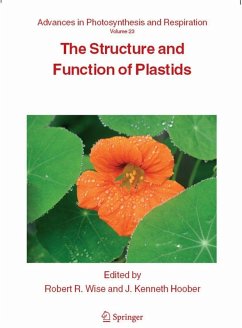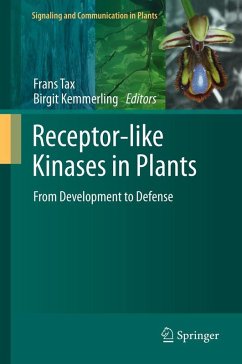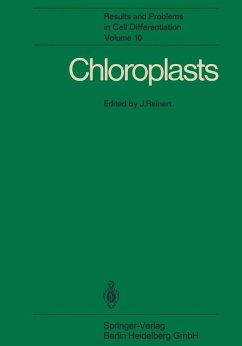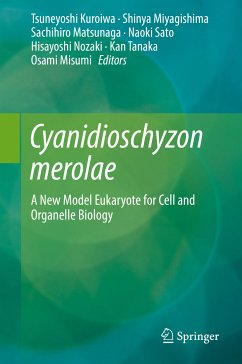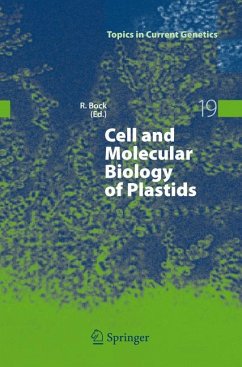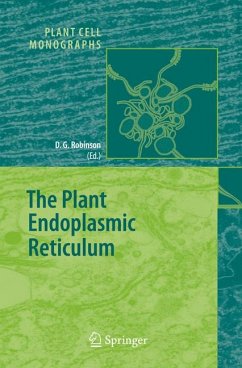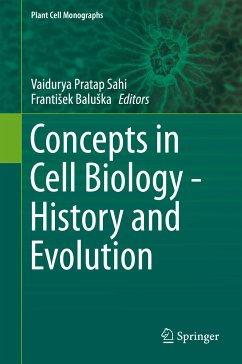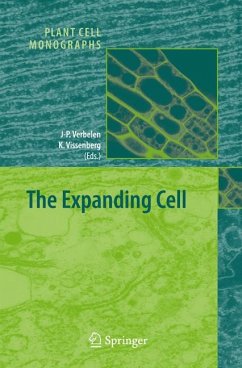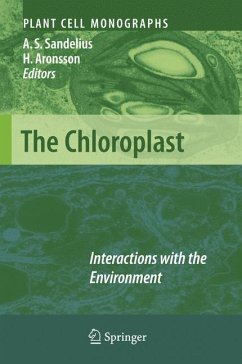
The Chloroplast (eBook, PDF)
Interactions with the Environment
Redaktion: Sandelius, Anna Stina; Aronsson, Henrik
Versandkostenfrei!
Sofort per Download lieferbar
112,95 €
inkl. MwSt.
Weitere Ausgaben:

PAYBACK Punkte
56 °P sammeln!
Chloroplasts are vital for life as we know it. At the leaf cell level, it is common knowledge that a chloroplast interacts with its surroundings - but this knowledge is often limited to the benefits of oxygenic photosynthesis and that chloroplasts provide reduced carbon, nitrogen and sulphur. This book presents the intricate interplay between chloroplasts and their immediate and more distant environments. The topic is explored in chapters covering aspects of evolution, the chloroplast/cytoplasm barrier, transport, division, motility and bidirectional signalling. Taken together, the contributed...
Chloroplasts are vital for life as we know it. At the leaf cell level, it is common knowledge that a chloroplast interacts with its surroundings - but this knowledge is often limited to the benefits of oxygenic photosynthesis and that chloroplasts provide reduced carbon, nitrogen and sulphur. This book presents the intricate interplay between chloroplasts and their immediate and more distant environments. The topic is explored in chapters covering aspects of evolution, the chloroplast/cytoplasm barrier, transport, division, motility and bidirectional signalling. Taken together, the contributed chapters provide an exciting insight into the complexity of how chloroplast functions are related to cellular and plant-level functions. The recent rapid advances in the presented research areas, largely made possible by the development of molecular techniques and genetic screens of an increasing number of plant model systems, make this interaction a topical issue.
Dieser Download kann aus rechtlichen Gründen nur mit Rechnungsadresse in A, B, BG, CY, CZ, D, DK, EW, E, FIN, F, GR, HR, H, IRL, I, LT, L, LR, M, NL, PL, P, R, S, SLO, SK ausgeliefert werden.




